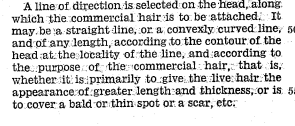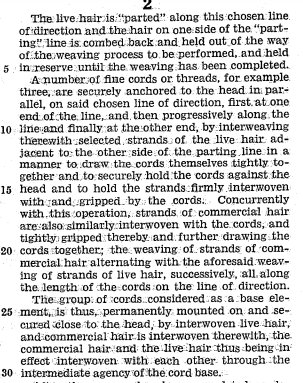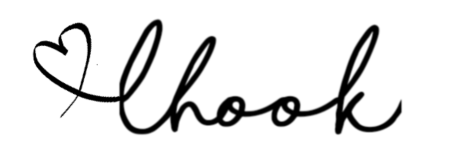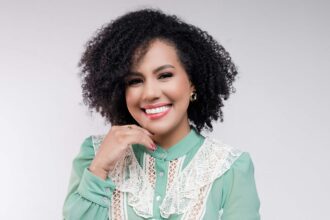What is a weave
A weave is a popular technique used to install wefted hair extensions with the use of a needle and thread as a way to secure the wefted hair extensions to a base of cornrows. The sew-in or weave can be done on a full head (whole head covered) or added to select sections of the head.
Picture This
Before the permanent “weaves” we proudly wear today, persons who wished to employ the use of hair extensions were challenged with their hair pieces possibly falling off. Bobby pins and hair pins attached to the ends of wefted hair were used to secure the hair pieces into place, however, this was not enough for the average person, so to avoid hair becoming displaced, the assistance of a professional hairdresser was needed. While regular trips to the hairdresser would be a welcomed treat this is not feasible for all. Thankfully, an ingenious solution was born.
The Hair Weave Patent
It was May 4, 1951, in Malvern, Ohio United States when Christina M. Jenkins submitted her application to the patent office for her brilliant idea of “Permanently Attaching Commercial Hair To Live Hair”. [1]
Ms. Jenkins’ filing describes the process of neatly parting sections of hair then utilizing 1-3 pieces of thread or loose hair extensions to cornrow a client’s natural hair, then attaching wefts (commercial hair) to the braided sections for the purpose of lengthening, thickening or both or to cover areas that are missing hair, and so on.


Cornrowing with hair extensions
Today Ms. Jenkins’ weaving technique is used by hairdressers around the world when installing full weaves and partial weaves. Weaves today include tracking (cornrows) and netting techniques.
What do you use to do weave extensions
With a traditional Weave, cornrows are used as a secure base to sew on the wefted hair extensions. Loose hair extensions, thread, or yarn may be used to make braiding (cornrowing) the client’s natural hair easier, or help the cornrows (braids) stay in longer. A needle and thread are utilized to attach hair onto the braided (cornrowed) base. A net or weave cap can be used for various reasons described below.
Tracking
What is tracking or tracks for hair weave extensions
Tracks are the cornrows/braids that hair extensions are applied to. Weave tracks can be placed in certain sections of the head or they can cover the full area of the scalp that has hair (full head weave)
Netting
What is the purpose of the netting technique when installing a hair weave
Netting is a technique used during a weave installation to provide longevity or reinforce the base, reduce tension, and extend the space available for sewing hair extensions down for clients with certain hair loss challenges.
Examples
Alopecia – some clients may have large patches of missing hair, which leaves large gaps where there should be a braid to anchor the sewn hair extension. Placing a net over such gaps allows the stylist to sew hair onto the net above the areas with no hair, therefore creating a fuller more secure result.
Short hair – short hair that is braided will loosen quickly over time with manipulation, therefore, shortening the life of the weave install. Adding a net helps the weave installation last longer.
Fine hair – Some clients may have hair that over time, becomes sensitive to tugging from combing and styling their hair. The addition of a net helps to reduce tension in the client’s natural hair.
Summary
Hair weaves enable a person to add length, and fullness, and change their hair style and color in one sitting. The weave extension installation method is great for most people and versatile for persons experiencing hair loss challenges, as-well-as persons with short, or fine hair.








